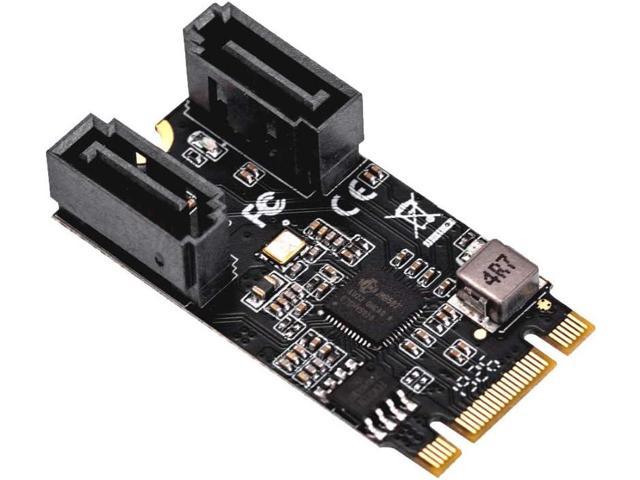Our understanding of human cancer in the past 40 years has been driven by linking innovative concepts and cutting edge technologies to key problems identified by clinical research. Some of the successes in cancer genetics identified from clinical work have been the identification of specific gene deletions in human chromosomes, the use of PCR-based cloning methodologies to identify and clone human cancer genes, the validation of the human cancer genes using transgenetic technologies in the mouse, and the ability to sequence whole genomes that has recently allowed a collation of all somatic and germline mutations in a human genome. In the same generation, entirely different disciplines involved in basic life science research have used model organisms like yeast, flies, worms, and cancer causing animal viruses as tools to develop windows to see into the machinery of the cell life cycle. The discoveries of pro-apoptotic genes, oncogenes, and covalent control mechanisms like phosphorylation and ubiquitination using the tools of science and technology have all been awarded Nobel prizes for their contribution to our understanding of how cells work. The discovery of p53 using the tumor causing animal virus SV40 falls into this pioneering period of biological and medical research.















